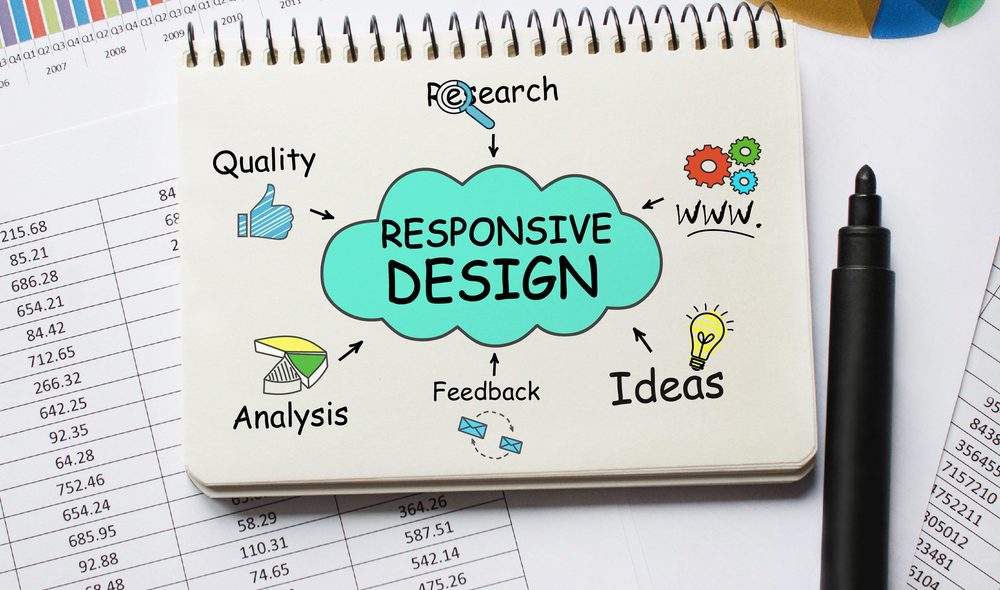A/N: For cohesiveness, it’s recommended that you read the first part of this two-parter article.
After you are sure that you need to revamp your website, it might be difficult to figure out how to work with your designer and content creators to create the ideal website. There are certain things you should include in your new and improved website. Below, we’ll be going through the six elements to include in your website.
1. A Logical Roadmap
Aside from the website being aesthetically pleasing, it should also be useful and practical. Before you pick your server out or type any HTML – you should map out the functionality of your website. How do you want it to work? This is an important step for both the SEO and user experience, as Google considers structure and content when it ranks websites.
So, it’s important for you to wireframe, or to create a mock up design of how you want the website to end up looking. It might also be worthwhile to run that design by some coworkers or executives to ensure that everything looks good and makes sense.
2. Critical Business Information
One of the biggest traps that businesses often fall into in is designing a website that they want, not necessarily one that they need. Neglecting to include basic items, such as the directions, contact information, and menu is a common mistake. You should keep text to a minimum in regards to your mission statement in order to allow people to skim over the details. For example, you should include some testimonials on your website and the current vehicle inventory list.
3. Contact Information
This has to be one of the most crucial elements o remember to include, which is why it often gets its own page. You should have a contact, address, email, and phone number within easy access of the visitor. This information, especially the email address and phone number, should not be an image. It should be clickable or copied straight from the site to make it more convenient for the visitor. With smartphones, users can ‘click to call’ right from the web page – to make the process as easy for them as possible.

4. Clear Navigation
A map without a legend is useless. So is a website without clear navigation. You should ensure that the website format can be easily understood by the user. All the pages for your website should also have logical names, such as FAQ, About, Contact, etc. You should also try to include a clear call-to-action on the homepage.
5. Social Media Integration
There are a lot of social platforms: Facebook, Twitter, Instagram, Tumblr, Google+, Pinterest, LinkedIn, and Foursquare. Whatever social platform(s) you are active on, you should promote their presence on your website as they are a critical aspect of your marketing strategy. Integrating your social platforms helps to build your social media following, improve your footprint, and boost your SEO.
6. Mobile Ready
With tablets and smartphones driving an impressive number of web traffic, it’s important for your website to have a responsive design. A responsive design allows you to have fluid widths so that your website adapts to the whatever screen it’s being viewed on. Adjustable layouts and scalable images ensure that mobile users have a better web experience.
Aside from these six important aspects, the main thing for you to remember is to have a simple but effective design. You should never underestimate the power of simplicity. This means that you don’t really need music, flash, auto-playing media, or extraneous media/information on your website. All these will only slow down the loading time of essential information.







